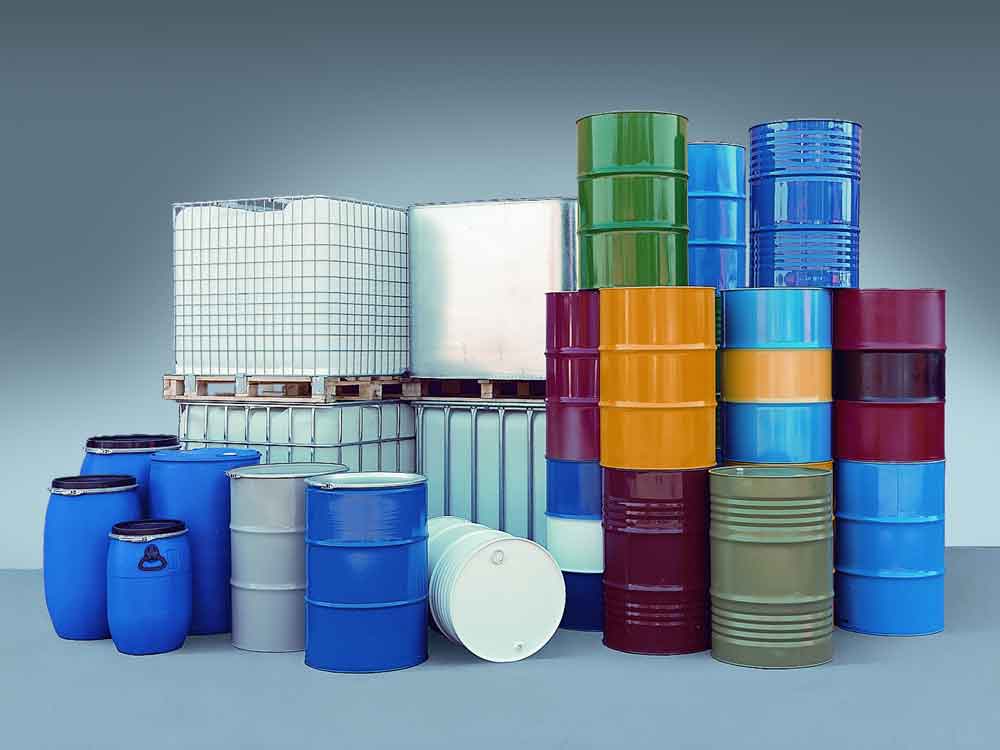Surprising Insights from Environmental Screenings
A life cycle assessment on the industrial packaging products of Greif, Inc. sent the company in unexpected (and profitable) new directions.
Topics
Leading Sustainable Organizations
Markets are increasingly demanding more information about the environmental qualities of the products and services they use, and more sustainable solutions from those products and services. For many companies, meeting these needs is challenging.
The problem is a lack of an understanding by management of the general environmental traits of products and of the critical sustainability drivers over the entire product lifecycle.
This typically results in two key issues: First, companies are not aware of relevant strategic opportunities and challenges, which can be risky for the long-term development of the company. And second, in the absence of relevant, required information, companies have an inherent risk of investing in ineffective sustainability improvement measures that are not honored by the markets and that do not add business value for mutual benefit.
Modern management needs powerful tools that can close the information gap and move companies towards more powerful sustainable product management. An appropriate but often disregarded toolset is the environmental life cycle assessment (LCA).
What a Life Cycle Assessment Is
LCA is a technique that evaluates the environmental aspects and impacts of a product or service from cradle to grave. It does it by asking two main questions: How big are the total environmental impact and corresponding emissions of a product system over its entire lifetime? And, looking at the different life-cycle steps, which steps are critical — the ones with the highest impact on the environment?
How LCA Works
To answer these questions, the life-cycle steps of a product or process are analyzed. This is often done by consultants specialized in life-cycle analyses, while software tools are available for companies to do LCAs in-house (e.g., GABI), too. The LCA then calculates specific sustainability measures companies can take for each life-cycle step along different environmental impact categories.
For example, to evaluate the impact of a product on triggering global warming, the LCA includes an impact category measure for “carbon dioxide equivalent emissions.” Besides global warming, the production and use of products often trigger other environmental problems, too, such as the acidification or eutrophication of lakes and wetlands, the depletion of the ozone shield, the release of fine dust particles or the reduction of non-renewable energy resources, fresh water, or forest. To gain a holistic view on a product system, LCAs normally consider several environmental impact categories at the same time.
LCA results allow managers to understand the overall environmental profile of their existing products and to conduct simulation analyses. For instance, managers can ask, “What would happen to the environmental impact if I used other materials? Removed parts of products or processes? Changed transportation methods or suppliers? Increased the recyclability or reusability of a product by 20%?” LCAs can be applied in strategy development, R&D and product management, sourcing and production, marketing and sales, and information and training.
LCA in Action at Greif, Inc.
Greif, Inc., is a U.S.-based world leader in industrial packaging products and services, with operations in over 50 countries. Products include large steel and plastic drums. The company has more than 13,500 employees and had revenue of $4.27 billion in fiscal 2012.
In the middle of the 2000s, Greif, Inc. found that some its key industrial customers from the chemical and food industries were increasingly demanding more environmentally friendly products. Many of Greif’s customers have their own corporate sustainability programs. Customers were beginning to shift their priorities from buying industrial packaging containers to seeking a “shipping solution” that could help fulfill their environmental goals, such as reducing value-chain emissions. They began asking for environmental information, such as greenhouse gas emissions data, on Greif products.
Greif turned to LCA studies on its core products such as its steel, plastic and fiber containers to respond to the market and identify areas for improvement.
What Greif found surprised both company executives and Greif customers.
Previously, customers had suggested that ensuring that industrial shipping containers were full would be key to improving container’s environmental profiles because this would reduce emissions from transportation. Greif itself had assumed that “thin-gauging” — making the containers lighter and thereby reducing the use of materials — would be the best option to reduce their environmental impact.
Instead, the LCA data showed that while transportation emissions are a factor in the environmental profile of using industrial packaging containers, engineering them to lengthen their useful life via re-use would be the most effective option for improving their environmental performance — even if that meant constructing slightly heavier containers. Based on this evaluation, Greif determined that its core business should include the reconditioning of industrial containers and offering re-usability services for these containers, too. The LCA studies helped Greif identify strategic environmental risks in its value chain and develop a successful strategy through integrating additional sustainability services into its business model.
Greif found that when looking for options to create value through sustainability efforts, existing blind spots related to value-creation opportunities were powerfully overcome by using Life Cycle Analyses. What’s more, it found that the business impact on adding value by unveiling opportunities towards a more sustainable — and, at the same time, profitable — business model can be enormous.

